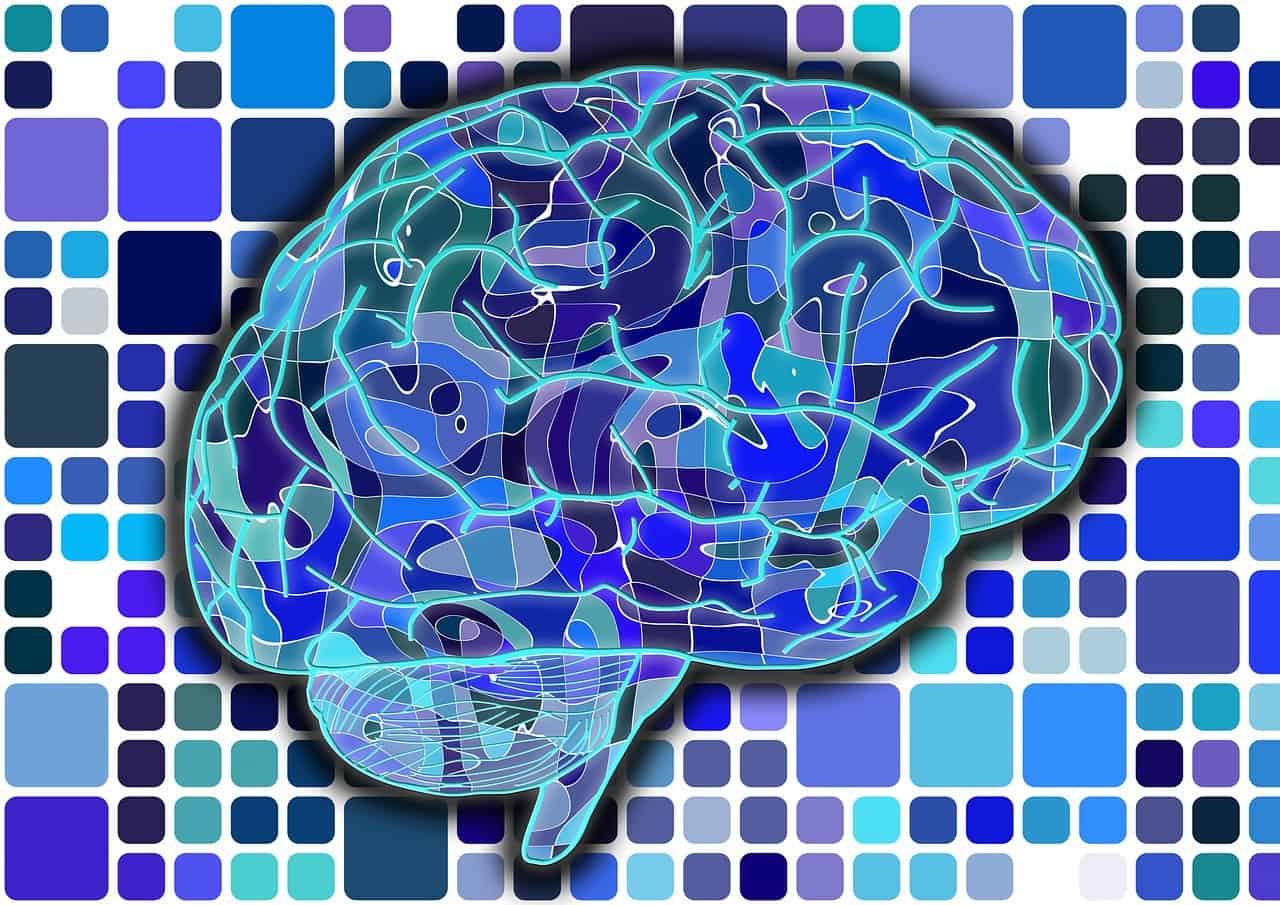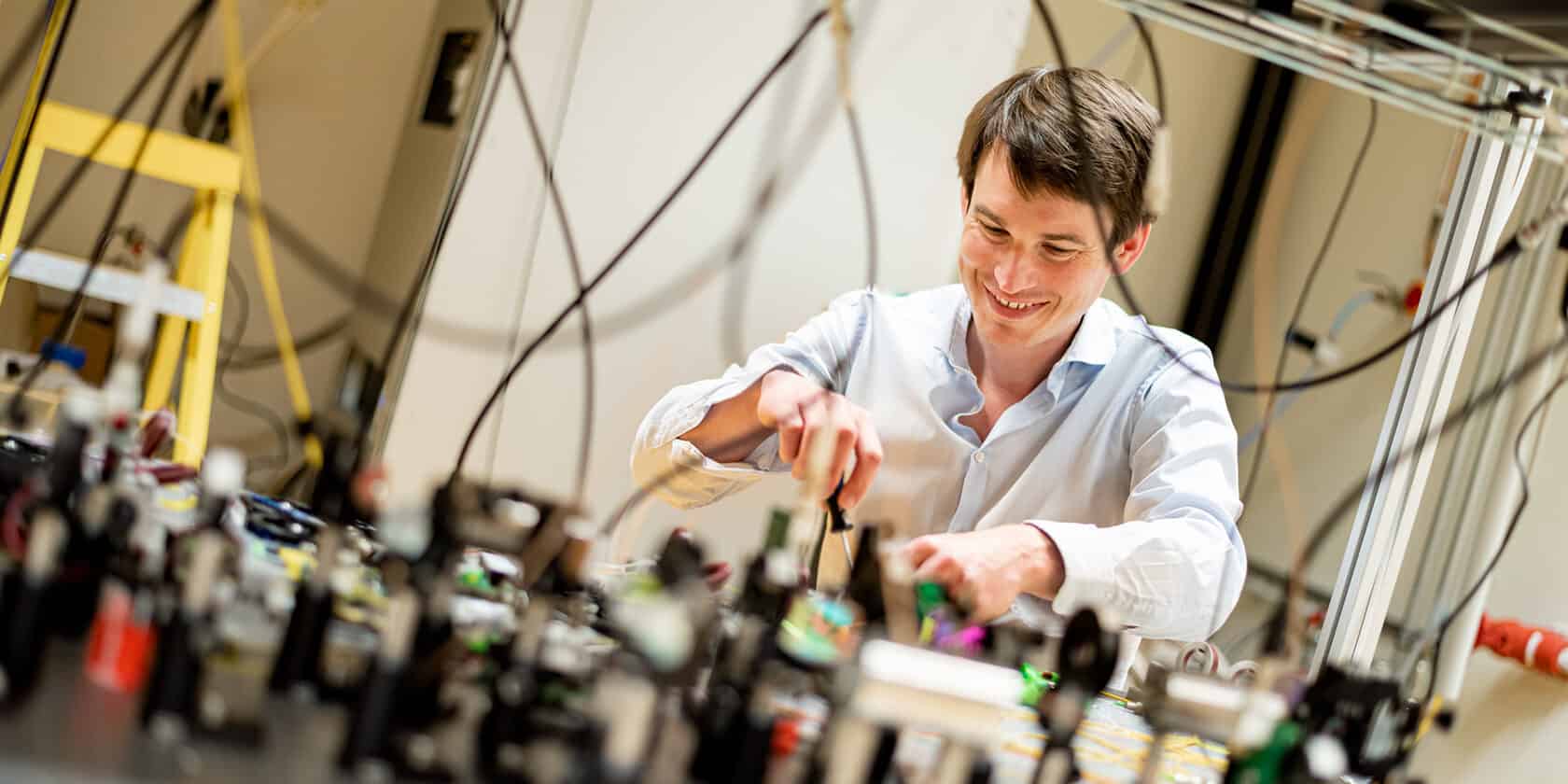
Researchers at the University of Groningen (RUG) have developed an algorithm that recognizes sarcasm with an accuracy of 74%. This system mimics the subtleties of human communication by parsing audio recordings. It integrates sentiment analysis and emotion recognition for in-depth analysis. The algorithm has the potential for applications in AI-driven health care and can provide support for people with autism, dementia, and schizophrenia. Last week, the scientists involved – Xiyuan Gao, Shekhar Nayak, and Matt ColerDe from China, India, and the U.S. – presented the technology at an international science conference.
Why this is important:
Computers have trouble recognizing humor, especially sarcasm. However, researchers from Groningen managed to train an algorithm that acknowledges sarcasm. They presented their research last week at an international congress.
A multifaceted approach to sarcasm
Recognizing sarcasm is a complex task, even for humans. It requires not only analyzing spoken words, but also interpreting pitch, facial expressions, and context. Researchers at the RUG have translated these human aspects into an algorithm. This algorithm uses both sentiment analysis, which examines text, and emotion recognition, which analyzes audio. The result is a system that not only detects sarcasm in voice but also understands the underlying sentiments in spoken text.
Xiyuan Gao of the Groningen-based Speech Technology Lab explains that the system extracts acoustic parameters such as pitch, speaking rate, and energy from speech. It then converts the speech into text for sentiment analysis. This multimodal algorithm is able to capture the nuances of sarcasm more accurately than systems that focus only on one aspect.
More universal recognition of sarcasm
The algorithm was tested with data from popular television series such as “Friends” and “The Big Bang Theory,” correctly recognizing sarcasm in 74% of cases. This performance is remarkable, given the two TV show’s diversity of expressions and contexts. The researchers note that pitch is an indicative factor for sarcasm; in languages such as English and German, pitch decreases when sarcasm is detected, while it increases in languages such as Italian, French, and Cantonese.
The team’s ambition extends beyond their current achievements. They aim to incorporate a wider range of expressions and gestures people use to emphasize sarcasm and extend the algorithm to more languages. This will improve human-machine interaction and pave the way for broad applications in sentiment analysis and emotion recognition within different fields.
Impact on healthcare and communication
The development of this sarcasm detector has far-reaching implications. It may play a crucial role in supporting individuals with autism, who often have difficulty recognizing sarcasm and other subtle forms of communication. It also provides support for people with certain forms of dementia and schizophrenia, where processing emotional cues can be challenging.
Moreover, at a time when AI-driven healthcare is becoming increasingly important, this algorithm can help make communication between healthcare providers and patients more human. It allows machines to interpret better patients’ emotional states, which can lead to more personalized and effective care.

International recognition and future ambitions
The technological breakthrough has attracted international attention. The research is being presented at the 186th meeting of the Acoustical Society of America (ASA), a leading scientific community in the field of acoustics with members around the world. The ASA shares so-called ‘lay language papers‘, summaries of presentations written by scientists for a general audience.
The Canadian Acoustical Association (CAA) promotes communication among acoustical professionals in Canada and is committed to the growth and practical application of knowledge in acoustics. The collaboration between these organizations and the RuG emphasizes the international importance of developing sarcasm detection.
Conclusion
The breakthrough of the researchers at the University of Groningen in sarcasm detection is a triumph for engineering science and a step forward in human interaction with technology. While Oscar Wilde once described sarcasm as “the lowest form of humor but the highest form of intelligence,” these technological advances help us better understand both aspects and turn them into tools that enrich and improve our everyday communication.








